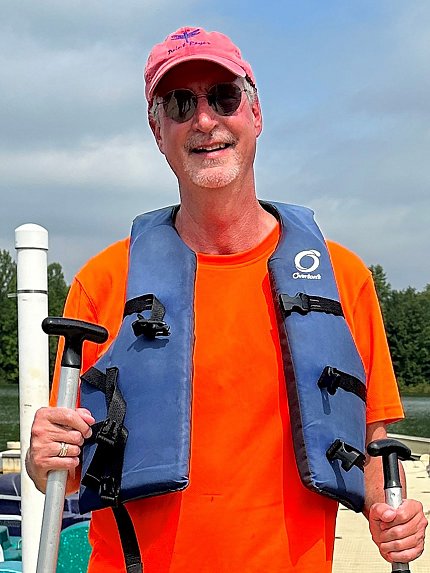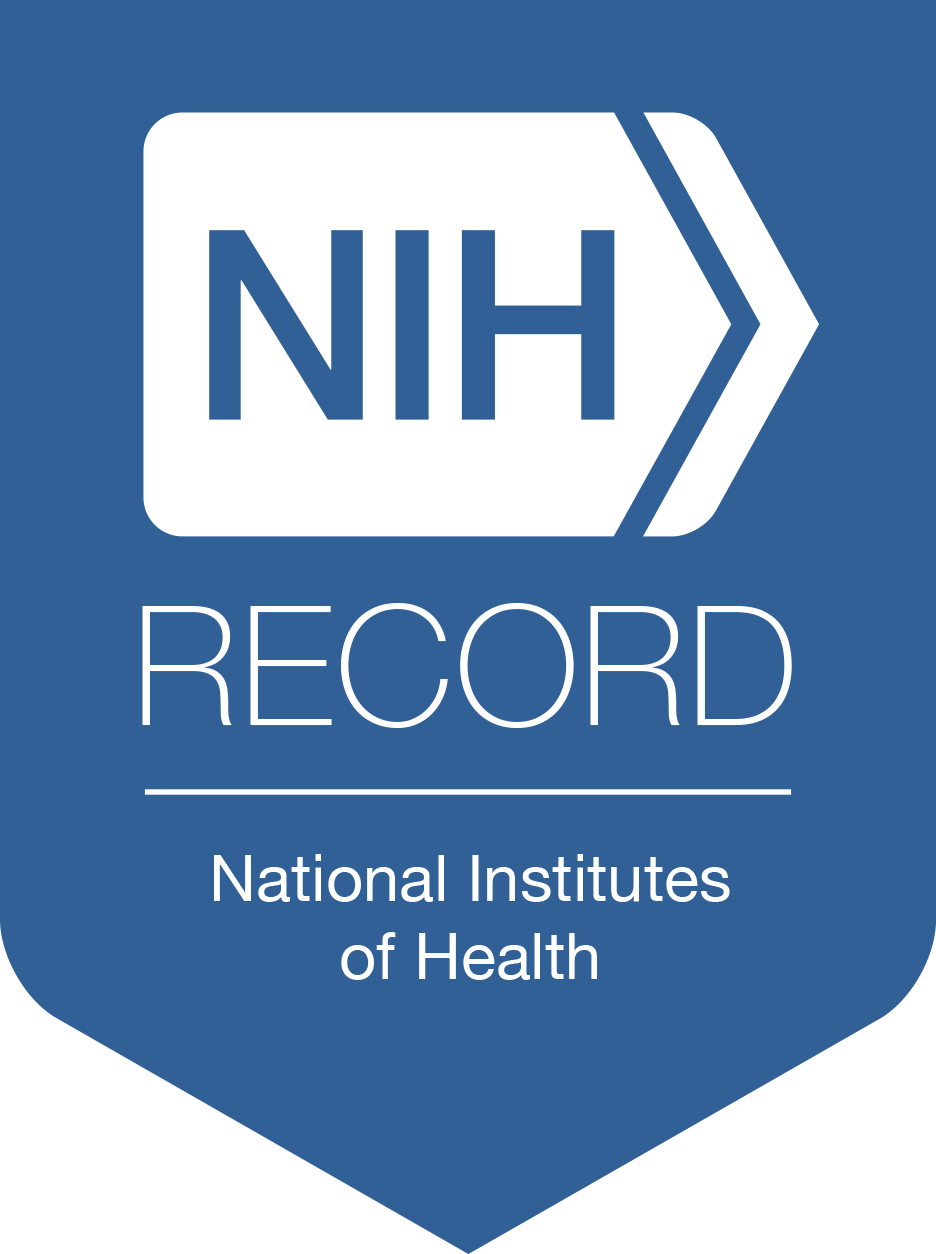Gnadt of NINDS Retires

In parting, he shared a few words of wisdom. “If there is one important thing I have learned as a science administrator, it is never let an administrative hurdle get in the way of a good idea,” he said. “At NIH, we sit in a position to truly improve the human condition. We should feel good about that.”
